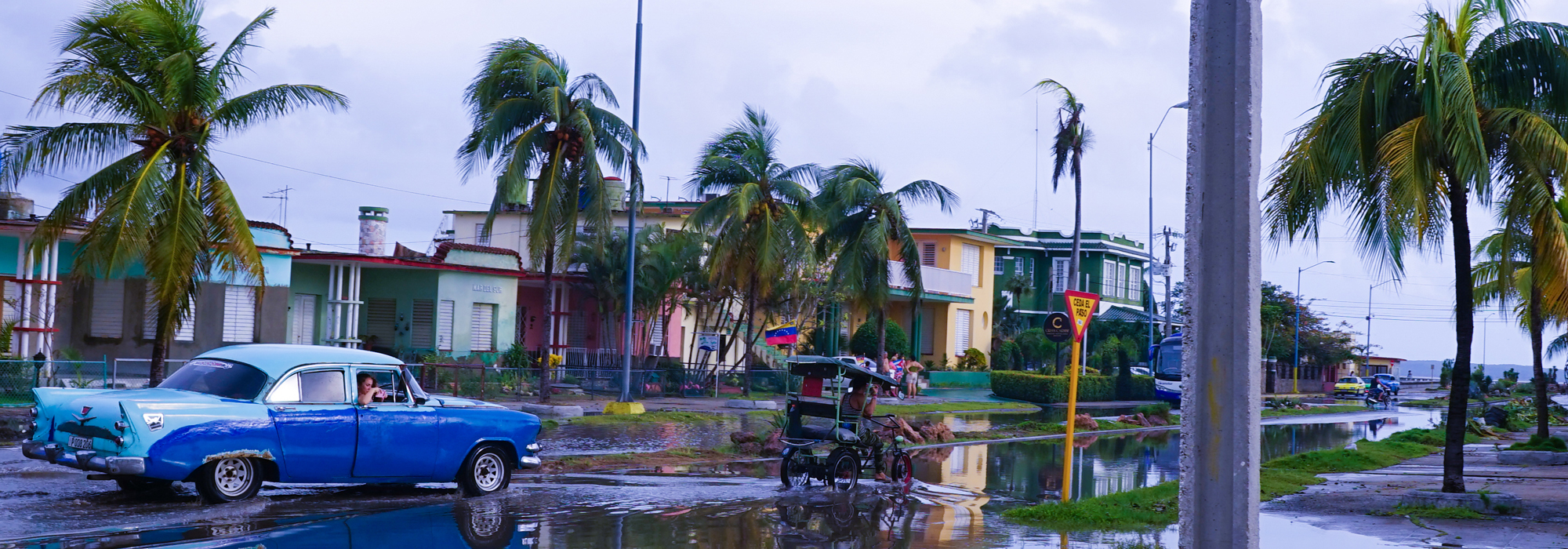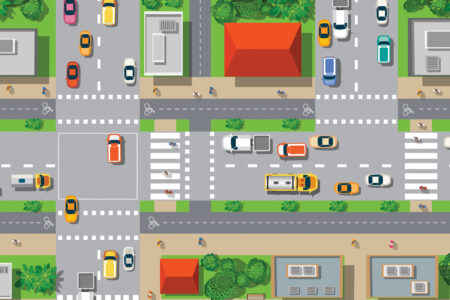
If we look beyond rhetoric, it is clear that French President Emmanuel Macron, Canadian Prime Minister Justin Trudeau and all the other Western leaders are not delivering on their promises to support developing countries in their efforts to mitigate and adapt to the effects of climate change.
The 23rd session of the Conference of the Parties (COP 23) under the United Nations Framework Convention on Climate Change (UNFCCC) ended recently, without accomplishing much. Many issues have been put forward to next year’s session. Several announcements were alarming – for example, the 2017 United Nations Environment Program Emissions Gap Report shows that current pledges on emissions will achieve only a third of what is needed to comply with the Paris Agreement).
A simple text has emerged from COP 23: the Talanoa Dialogue. This boils down to a process through which all countries will be entitled to accelerate their efforts in decreasing their GHG emissions by 2020. Still, the plodding pace of global efforts to address climate change mitigation and adaptation is discouraging.
The consequences of this lack of a sense of urgency in climate action are not trivial. Floods, fires, extreme storms and drought are growing in intensity and frequency. Atmospheric levels of greenhouse gas (GHG) emissions are rising. What does it mean for the small islands states and developing countries?
Their populations, some of the most vulnerable in the world, will not be equipped to face the effects of climate change. Saint-Martin, Cuba, Dominica, Antigua and Barbuda, and the other small island states were devastated by hurricanes last September. Fiji and the other small island countries’ populations will also face life-threatening situations in the coming months. The IPCC’s fifth assessment report says: « Given the inherent physical characteristics of small islands, the AR5 reconfirms the high level of vulnerability of small islands to multiple stressors, both climate and non-climate. »
Consider that in 2008, trillions of dollars disappeared from stock markets and investment funds, and then the banks were bailed out to the tune of another few trillions US dollars. Back in 2015, the US Special Inspector General for the Troubled Asset Relief Program summarized the rescue and noted that the total commitment from the US government was US$16.8 trillion.
To compare this figure with the bailout for the global environment, we could take a closer look at the Green Climate Fund (GCF). In 2009, advanced economies formally agreed to mobilize US$100 billion per year by 2020, from different sources, to address the acute mitigation and adaptation needs of developing countries. Now, two years away from this cut-off date, the harsh reality is that only US$10 billion have been mobilized so far. Simply put, this means that in the eight years since COP19, the most developed countries have only met 1/10th of the total annual amount they agreed to.
What is more discouraging is that at COP23, Western leaders announced no new commitments regarding funding to help countries cut their GHG emissions and adapt to climate change. There was a small consolation for developing countries in the final COP23 decision text: the pre-2020 goals were integrated in the COP23 decision text. This document refers to the range of actions related to mitigation, adaptation, finance, technology development, transfer and capacity building to be taken before 2020. In practical terms, this agreement only means that the dialogue will be pursued up until 2020.
COP23’s stated aim was to go further, faster, but we must move from rhetoric to substance. Simple words are not going to close the gap between commitments and reality. It is crucial that all Western leaders follow through on their Paris commitments and mobilize urgently the US$100 billion annually for developing countries, so the GCF becomes meaningful for them.
In order for this to happen, the process by which countries access GCF funding has to be made less bureaucratic. The 52-page application form is only one problem poor countries have in accessing these funds. However, simplifying the application process should only be the first step, considering that climate change is going to worsen in the short-term and is already severely affecting the most vulnerable populations.
Already in 2010, almost a decade ago, the World Bank estimated that “the incremental mitigation costs for developing countries would be $140 to $175 billion a year over the next 20 years in order to participate in meeting a global emissions target of 450 ppm.” And even earlier, in 2009, McKinsey estimated that the mitigation financing requirements (not to mention the adaptation financing needs) that would merely open pathways to a low carbon economy would range from US$600 billion (in 2020) to US$1,000 billion per year in 2030.
We cannot wait until 2020. We must ensure concrete actions are undertaken now.
Photo: Impact of Hurricane Irma in Cienfuegos, Cuba, September 2017. Shutterstock, by Jordan Adkins.
Do you have something to say about the article you just read? Be part of the Policy Options discussion, and send in your own submission. Here is a link on how to do it. | Souhaitez-vous réagir à cet article ? Joignez-vous aux débats d’Options politiques et soumettez-nous votre texte en suivant ces directives.






